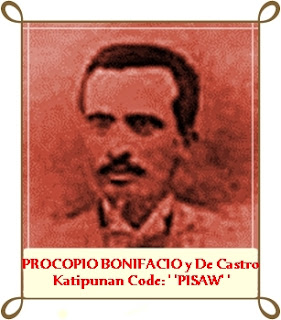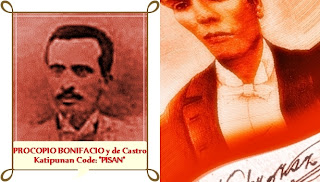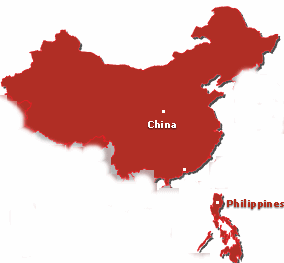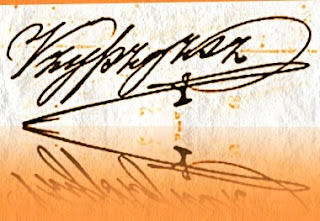1897 - Mariano Marcos y Rubio,
educator, lawyer, lawmaker and father of future Philippine President
Ferdinand E. Marcos, is born in Batac, Ilocos Norte, 1 1/2 years into
the Philippine Revolution against Spain; raised as militant follower of Gregorio Aglipay
and the Philippine Independent Church, he will be elected a
congressman under the Nacionalista Party but, following his lost in the
1935 elections for the National Assembly, will be accused, tried, but
acquitted of killing of Rep. Julio Nalundasan three days after the
polls; the prosecution will charge that Mariano Marcos, along with
brother Pio Marcos, son Ferdinand Marcos, and brother-in-law Quirino
Lizardo, has been pushed to conspire against the life of Nalundasan by the latter's poll victory;
his son, Ferdinand Marcos, along with his brother-in-law, will be
convicted but later acquitted of the crime on appeal to the Supreme
Court in a celebrated case where the young Marcos who will soon graduate magna cum laude
in law from the University of the Philippines, will begin to organize
his own defense and eventually win in a decision a short while after
making history with the highest score ever garnered in the Bar
examinations
Photo credit: http://library.thinkquest.org/15816/thetwoleaders.article1.html
























